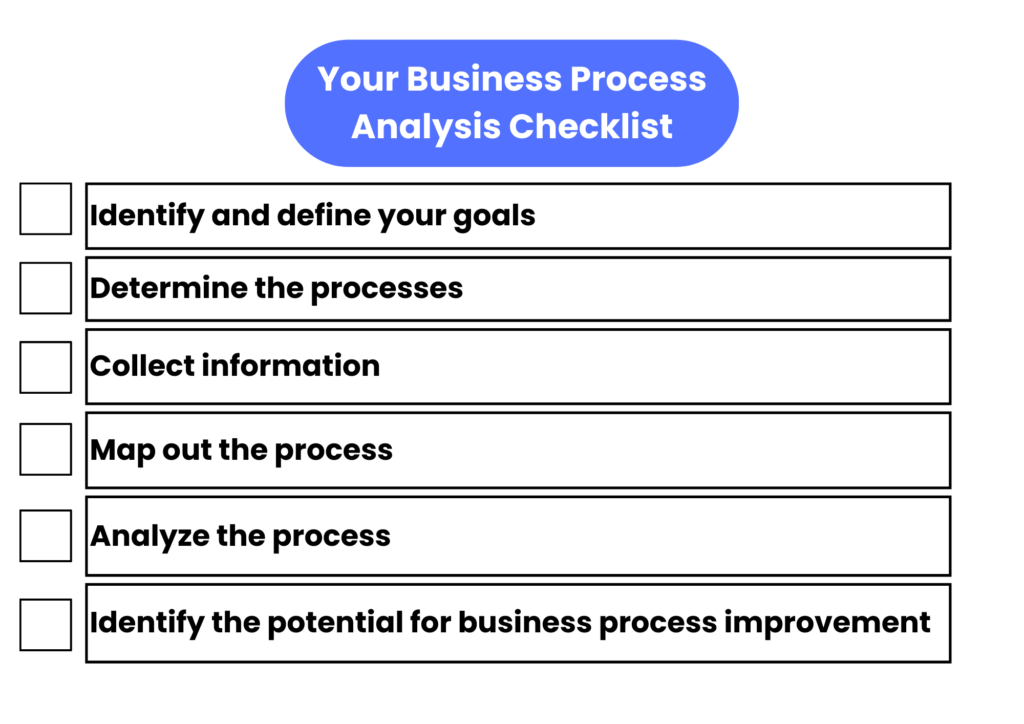

In today’s dynamic and competitive business landscape, we’re all constantly seeking innovative ways to streamline our operations, reduce costs, and improve overall performance. But how do we do that? How do we champion this familiar struggle that every organization faces? As CEO of ProcessMaker, I’ve seen businesses face this conundrum occur time and time again, and luckily there’s a tried and true solution. This is where business process analysis comes into play—a systematic approach that empowers companies to evaluate, model, and re-engineer their processes for maximum effectiveness. No matter what industry your company inhabits, business process analysis provides valuable insights that can boost any organization’s success. So, let’s break down this topic together.
Let’s start simple and address the question at the forefront: What is a business process analysis? To put it plainly, a business process analysis is a method used to understand a process and improve its efficiency. This process addresses the steps and parties involved in a specific process, as well as the information exchanged. As such, business process analysis is an aspect of the larger concept of business process management.
There are many different reasons why organizations should perform a business process analysis. Every organization should routinely evaluate its processes to identify opportunities for improvement. Technological changes and innovations by competitors can result in obsolete processes and place an organization at a significant competitive disadvantage. As a rule of thumb: organizations should perform a business process analysis prior to introducing any new technology like automation into their processes. Preparation will best set you up for success.
Think about bottlenecks. We’ve all dealt with them at some point or another, so what’s the best way to address these business hang-ups? Evidence of bottlenecks in existing processes is another sign that a business process analysis is imperative for your company’s growth and productivity. These bottlenecks include issues like frequent delays, customer complaints, stakeholder confusion, and/or reduced productivity.
Business process analysis consists of 6-steps:

This first step involves identifying what you hope to achieve by conducting an analysis. Perhaps you want to gain a better understanding of a specific business process within your organization. Or your efforts may be part of a larger initiative like incorporating automation into all organizational processes. Effective goals generally follow the SMART acronym, in that they are specific, measurable, attainable, relevant, and time-bound.
Knowing what your goals are help you to identify which processes you want to analyze. An excellent place to start is with smaller business-critical processes, or aspects of your organization that are underperforming. Address your starting and end points to ensure that the scope of your analysis isn’t too broad.
At this stage, you’ll want to assemble your team. A prime way of doing this is by including stakeholders that are involved with your business process design. They will have the most information and be able to identify issues and bottlenecks. Additionally, you can conduct interviews and brainstorming sessions with your team. Review all available sources of information, and gather as much information as you can—it will provide you with a better understanding of the process.
Business process mapping is a planning and management tool that visually depicts all aspects of a process. Process mapping can be as simple as sketching a flowchart on a piece of paper. The most important aspect is that your map shows the process in a clear and easy-to-follow manner.
You can also use workflow software to design detailed business process maps. Using the software is as simple as dragging and dropping tasks on an easy-to-use dashboard.
This step involves analyzing the process as it currently exists to identify inefficiencies and potential areas of improvement. Focus on:
You can also use the following methods going forward:
Value-added business process analysis involves looking at every aspect of a process to determine whether it adds value at the process level and/or organizational level. Your process maps will be useful in this regard, as will the information that you collected in the third step.
Root cause analysis evaluates the reasons for a problem, as well as potential solutions. For instance, a labor-intensive new customer onboarding process utilizes a disproportionate amount of human resources. A solution is to automate the onboarding process through a low-code BPM software platform.
Once you have reviewed all facets of the process, you’re ready to consider and implement business process improvements.
In this final step, return to the goals you defined at the outset. Any improvements to your processes should further those goals. Discuss your findings and recommendations with stakeholders. Get their feedback. Brainstorm and explore all possible solutions. Consider how each solution will impact your organization in both the short and long term.